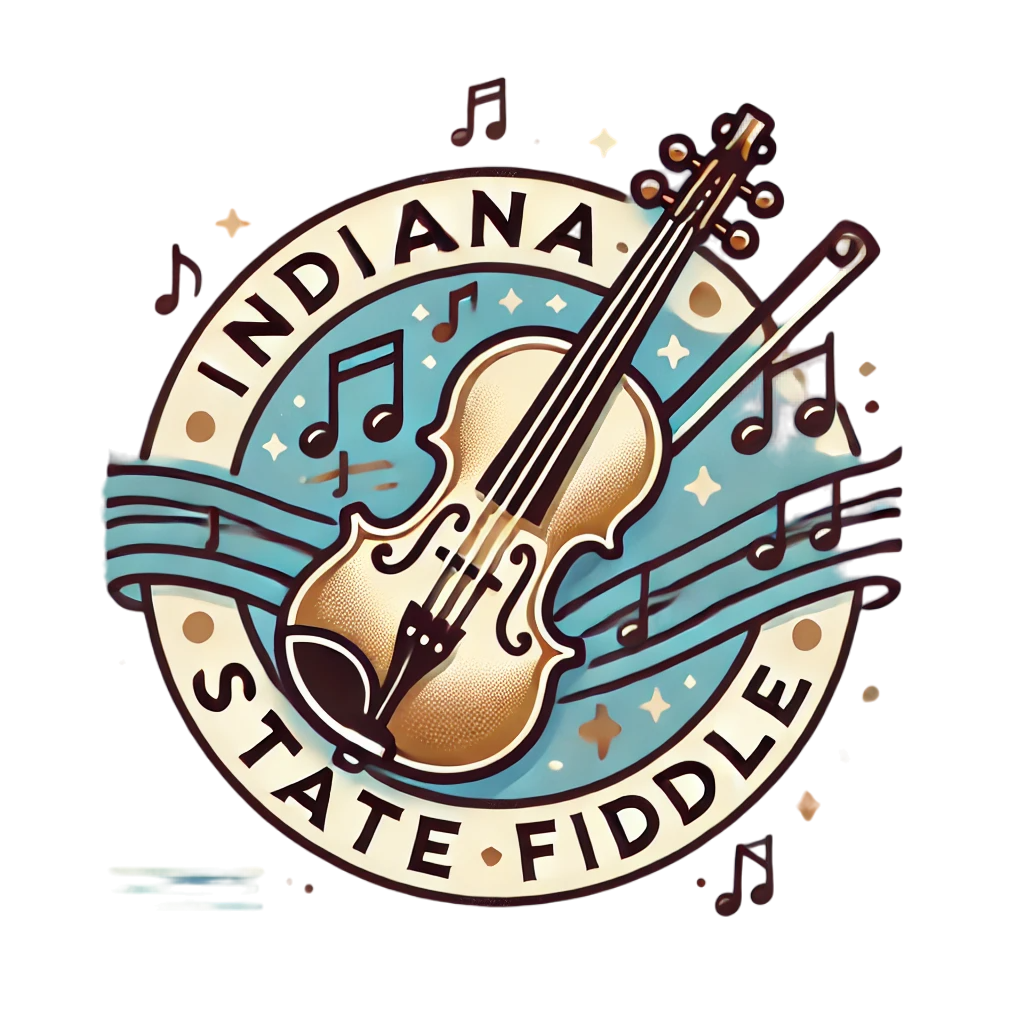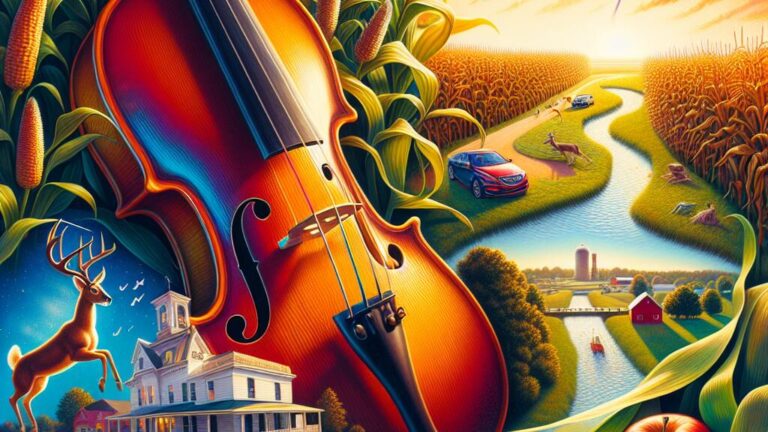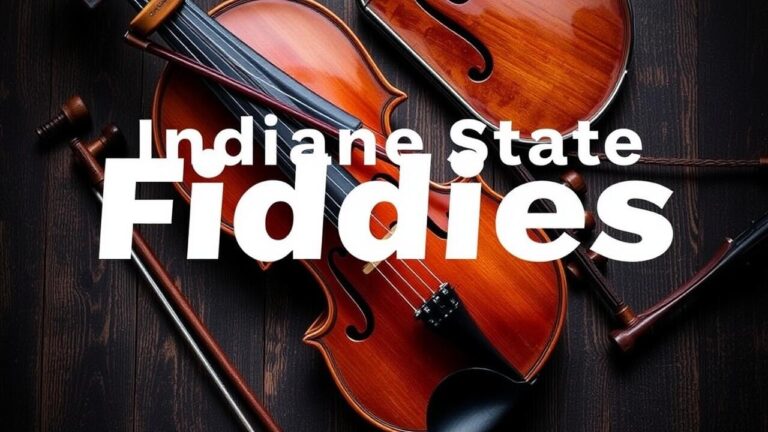What Are the Different Types of Fiddles

Classical Fiddles
Classical fiddles are known for their rich history and elegant sound. The most common type is the viola, which is slightly larger than a traditional violin and produces a deeper, more resonant tone. Violas are often featured in classical orchestras, adding depth and complexity to the music. They are played using a bow and are an essential part of the string section in classical compositions.
Another popular classical fiddle is the cello, which is much larger than both the violin and viola. Cellos have a warm, mellow sound that adds a beautiful depth to symphonies and chamber music. Cellists sit down while playing, using the instrument’s full range to convey a wide range of emotions through their music. Classical fiddles have been a staple in Western music for centuries, and their timeless appeal continues to captivate audiences around the world.
Viola
Violas are slightly larger than traditional violins and are known for their deep, rich tones. They are often played in orchestras to provide a warm, mellow sound that complements the higher-pitched violins and cellos. The viola is tuned a perfect fifth below the violin, with strings typically tuned to C, G, D, and A. Due to its size and tuning, the viola has a unique sound that sets it apart from other string instruments.
In addition to its role in classical music, the viola is also used in folk and contemporary music genres. It has a versatile range that allows it to be featured in various musical styles, from chamber music to solo performances. Many musicians appreciate the viola for its ability to add depth and complexity to musical compositions, making it a valuable instrument across different genres.
Fiddles in Country Music
Country music has a rich tradition of incorporating fiddle music into its vibrant sound. The Cajun fiddle, also known as the Cajun violin, plays a significant role in traditional Cajun music from Louisiana. This style of fiddling features lively, upbeat tunes that evoke the spirit of Cajun culture, often accompanied by the rhythmic sounds of the accordion and triangle. The Cajun fiddle’s distinctive sound adds a unique flavor to country music, blending French, African, and Spanish influences into a captivating musical tapestry.
Another notable fiddle design in country music is the five-string fiddle. Unlike traditional four-string fiddles, the five-string fiddle incorporates an additional low C string, extending its range and versatility. This design allows fiddlers to explore lower notes, enriching the depth and dynamic range of their playing. The five-string fiddle has found its place in various music genres, including country, bluegrass, and folk, showcasing its adaptability and innovative spirit in the world of fiddling.
Cajun Fiddle
The Cajun fiddle, also known as the Cajun violin, holds a special place in the traditional music of Louisiana. It plays a central role in Cajun and Creole music, blending French, African, and Native American influences into a distinctive sound that is both lively and soulful. The Cajun fiddle typically has four strings and is played with a lively bowing style that sets it apart from other fiddle traditions.
In addition to its unique playing style, the Cajun fiddle is often tuned differently from classical violins, with a focus on open strings to achieve that distinctive Cajun sound. Musicians who play the Cajun fiddle often use double stops and drones to create rich harmonies that evoke the spirit of the Louisiana bayou. Whether playing toe-tapping two-steps or emotional waltzes, the Cajun fiddle brings the vibrant culture of the region to life through its music.
Alternative Fiddle Designs
Alternative fiddle designs offer unique variations to the traditional instrument, providing players with specialized options to suit different playing styles and preferences. One notable alternative design is the five-string fiddle, which includes an additional lower C string below the standard GDAE tuning. This extra string extends the range of the fiddle, allowing for deeper notes and a richer sound, particularly well-suited for certain genres like jazz and bluegrass.
In addition to the five-string fiddle, innovative models such as acoustic-electric fiddles have gained popularity in recent years. These fiddles feature built-in pickups or microphones that amplify the sound, making them ideal for performances in larger venues or with bands where a louder projection is needed. The combination of acoustic warmth and the convenience of electric amplification make these alternative fiddle designs a versatile choice for modern musicians looking to explore new sonic possibilities.
Fivestring Fiddle
The five-string fiddle is a unique instrument that sets itself apart from traditional four-string fiddles by incorporating an additional string. This extra string is typically a C string located below the G string, providing players with an extended range and deeper tonal possibilities. The five-string fiddle is popular among musicians looking to explore new musical avenues and experiment with different styles of playing.
Players of the five-string fiddle often praise its ability to produce rich, resonant tones that add depth and complexity to musical compositions. The added string allows for greater versatility in playing both melodies and harmonies, making the five-string fiddle a versatile instrument for musicians across various genres. Whether used in classical, folk, or contemporary music, the five-string fiddle offers a dynamic range of expression that is sure to captivate audiences and elevate performances to new heights.
Innovative Fiddle Models
Innovative fiddle models have emerged over the years, incorporating modern designs and features to enhance the traditional fiddle experience. One such example is the acoustic-electric fiddle, which blends the classic sound of an acoustic fiddle with the versatility of an electric instrument. This type of fiddle allows musicians to amplify their sound easily, making it ideal for performances in larger venues or alongside amplified bands.
Another interesting innovation in the world of fiddles is the inclusion of a fifth string in some models. The five-string fiddle adds an extra depth and range to the music, providing a unique and distinctive sound to players. This design variation has gained popularity among musicians seeking to explore new musical possibilities while still embracing the rich heritage of fiddle music.
AcousticElectric Fiddle
The Acoustic-Electric Fiddle is a modern innovation that combines the classic sound of a traditional acoustic fiddle with the added versatility of electric amplification. This hybrid instrument appeals to musicians who appreciate the warm, natural tones of an acoustic fiddle, as well as the ability to easily adjust volume levels for different performance settings. With the Acoustic-Electric Fiddle, players can seamlessly transition from intimate acoustic sessions to larger venues without compromising the quality of their sound.
One of the key features of the Acoustic-Electric Fiddle is the built-in pickup system, which allows the instrument to be plugged into an amplifier or sound system for increased projection and clarity. This feature is particularly beneficial for performers who need to be heard over other instruments in a band setting or for those playing in larger concert halls. Additionally, the Acoustic-Electric Fiddle often includes tone and volume controls on the instrument itself, giving players the flexibility to fine-tune their sound on the fly without having to rely solely on external equipment.
FAQS
What is a Viola in the context of classical fiddles?
A viola is a larger, lower-pitched instrument similar to a violin but with a deeper tone. It is often used in classical music ensembles.
What distinguishes Cajun Fiddle from other types of fiddles in country music?
Cajun fiddle is a style of fiddling originating from Louisiana that incorporates French and Celtic influences, characterized by lively rhythms and unique bowing techniques.
What makes the Five-string Fiddle a unique alternative fiddle design?
The five-string fiddle includes an additional C string below the traditional G, D,
What are the key features of an Acoustic-Electric Fiddle as an innovative fiddle model?
An acoustic-electric fiddle combines the acoustic sound of a traditional fiddle with the ability to amplify the sound using electronic pickups, making it suitable for performances in larger venues or with other amplified instruments.
How do alternative fiddle designs like the Acoustic-Electric Fiddle contribute to the evolution of fiddle playing?
Alternative fiddle designs such as the acoustic-electric fiddle offer new possibilities for fiddlers to explore different sounds and performance contexts, pushing the boundaries of traditional fiddle music.






